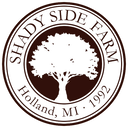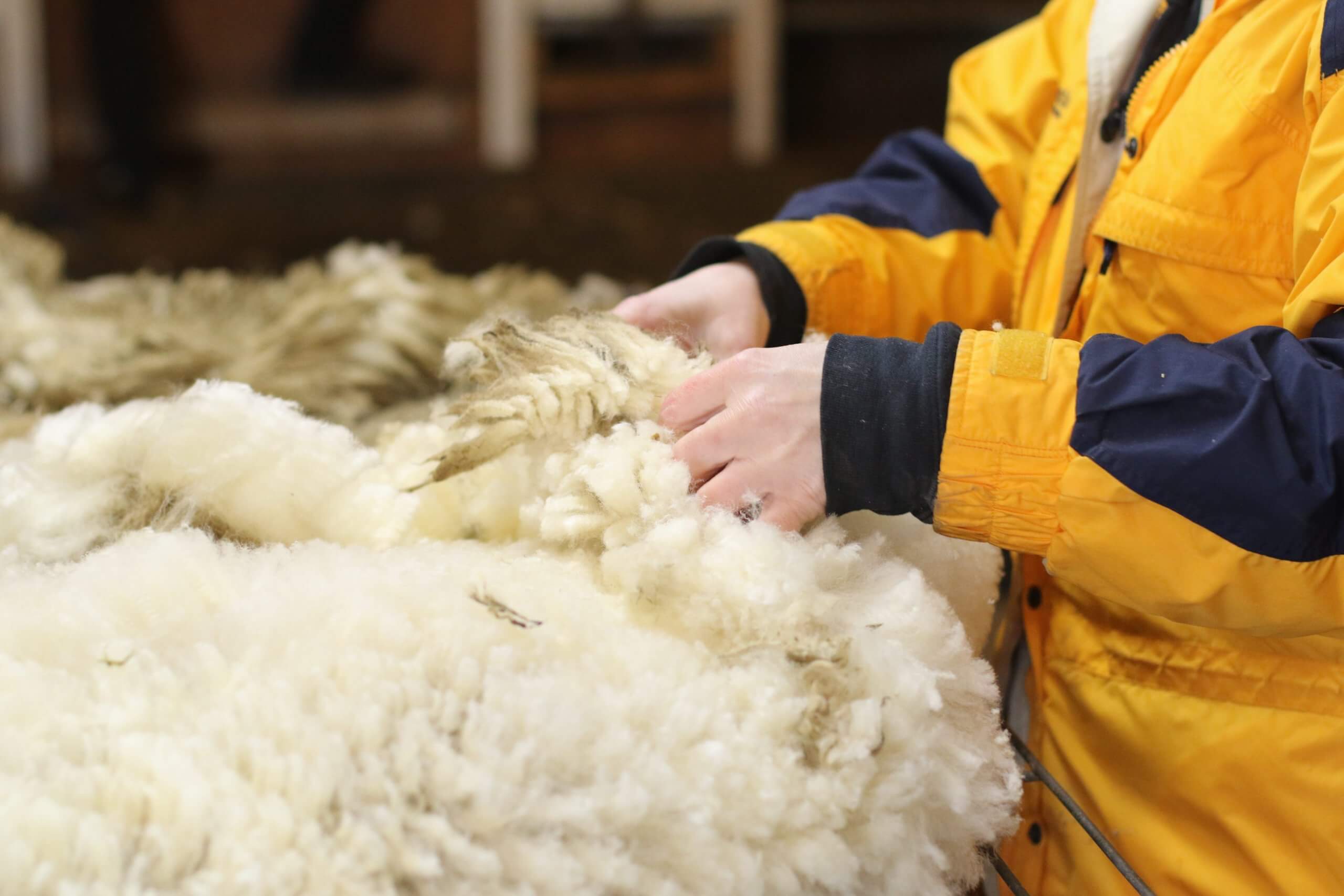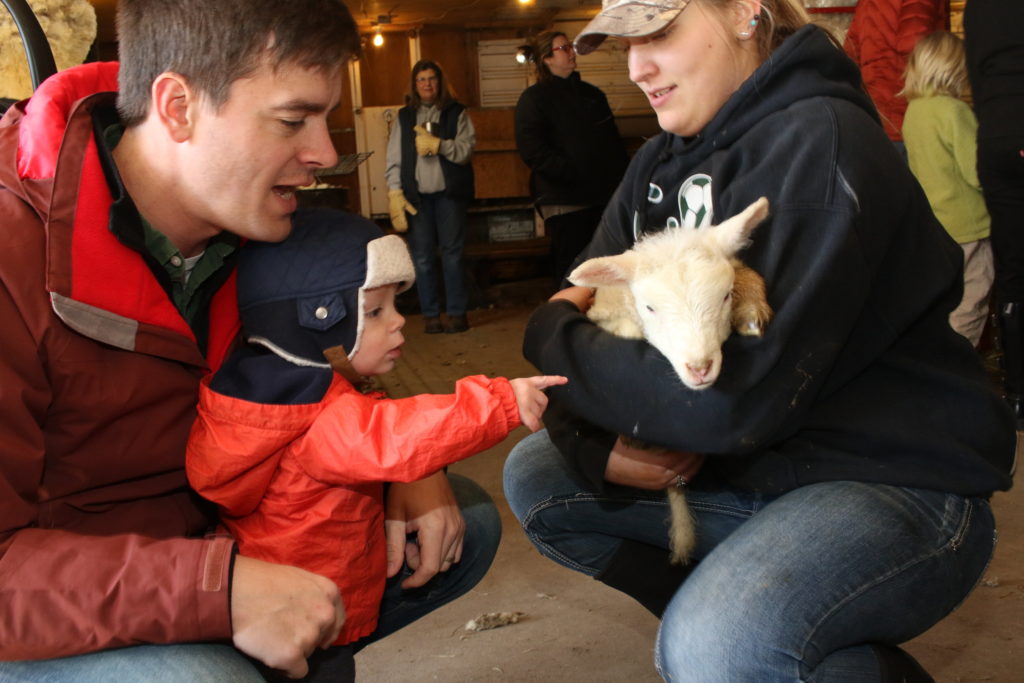Years ago I had an online conversation with someone about sheep shearing that made me realize that there are a lot of misconceptions. It was a startling conversation, and no matter what I said, I couldn’t help the other person to understand that what she believed about the process didn’t match reality. At all.
It was at that point that we decided to “show and tell” rather than just “tell.” We’ve been hosting our annual Shearing Day ever since. (Scroll to the bottom of this post to see details about this year’s Shearing Day.)
We have a blast on Shearing Day. It’s so much fun to see people of all ages enjoying themselves, experiencing the sights and sounds and smells of the day, and asking questions.
The main question we get on Shearing Day is “Why do you shear sheep when it’s still cold out?” It’s a great question–I’ll bet you wondered this, too–and one I’ll answer in just a minute.
But first we have to deal with the idea that animals are exactly like people. They’re not. Just because we are used to living in a heated house doesn’t mean that animals need to. They are designed to handle a much wider range of temperatures than we are. Even their digestive system helps with this—the ruminant system is basically a heat factory.
Now that we have that out of the way, I’ll let you know the answer to the number one question. We shear our ewes about a month before lambing for 3 reasons:
- Warm lambs—Lambs need extra warmth when they are born in colder temps. When we remove the heavy winter coat from the ewe, she becomes more aware of the chill in the air. And when she lays close to her lambs, her body temperature (without the winter coat) helps keep the lambs warm.
- Accessible milk—Lambs have a great sucking instinct. They will suck on anything they can, including any wool that is within their reach. We want to make sure the ewe’s udder is completely accessible, so that the lambs will be well fed.
- Wool quality—Late pregnancy, lambing, and lactation are hard on ewes. During times of stress or illness, less-important natural processes like wool growth are neglected by the body, and often a weak spot develops at the point of stress in the growth of the wool. We want the shearing to happen close to these times of stress so that the weak spot is near the end of the wool fiber. Having a lovely 4-5” wool fiber with a weak spot in the middle really means you have two much shorter fibers once the processing of the wool starts and the fiber breaks in two. For wool quality, long is good and short is not.
You are welcome to ask all the other questions you can think of on shearing day. Join us on Saturday, February 25 from 9 am – noon (come and go as you wish). The farm is located at 13275 Blair Street, Holland, Michigan.
We will be shearing our sheep that day, and our open house is geared toward folks who want to see shearing on a working farm and learn more about wool production. We will have fiber artists demonstrating their work that day, and we’ll have our farm products–including wool items–available for sale in our store.
The open house is suitable for people of all ages, though very small children sometimes are bothered by the noise and smells of the sheep barn. Wear old clothing and dress warmly–we shear in a barn. And while this event is free, we would love it if you would consider a purchase from our store or a donation to help offset the costs of hosting this event.







